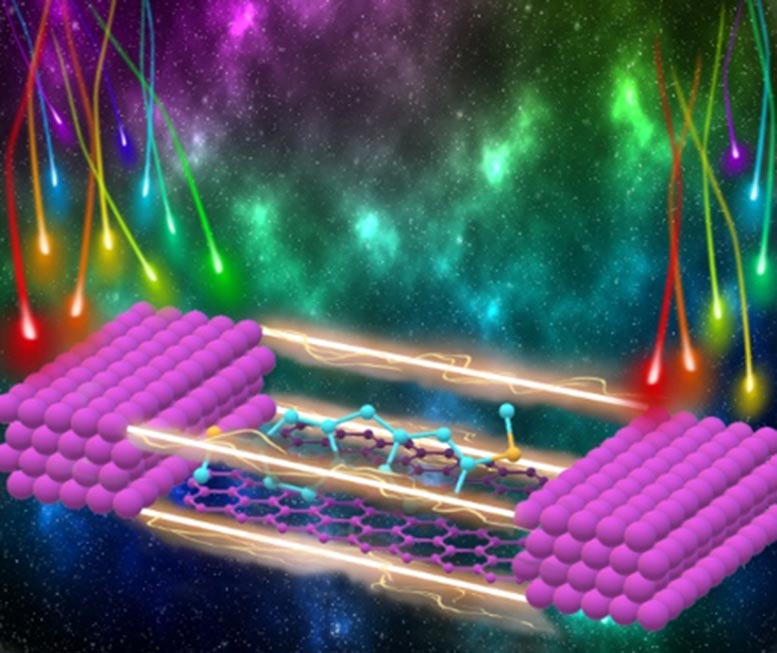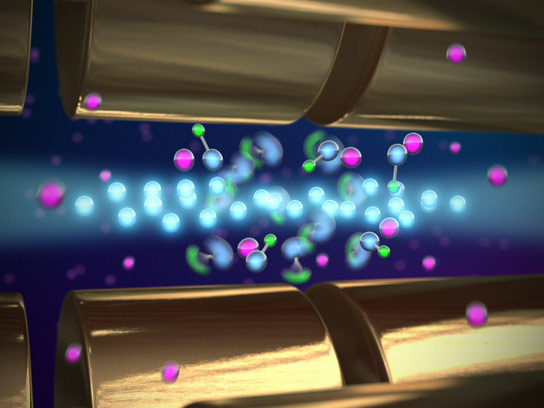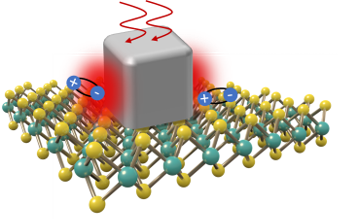(electrical nano memory) and quantum dots
Researcher and author: Dr. ( Afshin Rashid)
Note: One of the new data storage tools is the use of nickel quantum dots in nanometer sizes, which are expected to be used to store terabytes of data. According to nano molecular memories, there is a high potential for activity in this field.
One of the goals of nanotechnology is to advance in the field of electronics and computer science, to make memories and chips with more capabilities and less cost. As explained above, achieving goals in this area will eliminate many defects in machines. Especially memories and assemblers, which will be a huge revolution in the electronics industry, in the field of nanotechnology.The production and construction of molecular nano memories is one of the largest industrial sectors, but it also faces many technical problems; Problems such as charge leakage from the capacitor, structures with increasing complexity, and sensitivity to minor errors caused by cosmic rays. The existence of such problems makes the chip makers unable to reduce the dimensions of their chips more than this. Other significant issues in this field include SRAM chips related to large memory cells, the difficulty of placing DRAM and flash memory next to logic chips, and the slow access time of flash memory and its limited stability.
Conclusion:
One of the new information storage tools is the use of nickel quantum dots in nanometer sizes, which are expected to be used to store terabytes of data. According to nano molecular memories, there is a high potential for activity in this field.
Researcher and author: Dr. ( Afshin Rashid)
Specialized doctorate in nano-microelectronics





